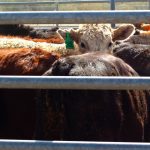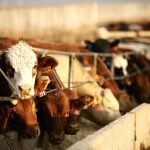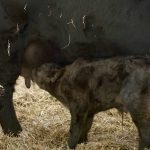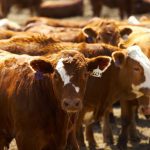Compared to last week, Western Canadian feeder cattle prices were quoted $3-$4/cwt on either side of unchanged.



There’s no easy way to extinguish resistance to dewormers, but producers can manage it and control parasites

While it’s not for every operation, the Sandhills calving system can reduce diarrhea in young calves







Larger players aggressively securing lightweight calves on expectations of low yearling supplies